Art and Revolution: How Politics Shaped Artistic Expression
Art has always been intertwined with politics, reflecting the social, cultural, and political climate of its time. Throughout history, artists have used their work to challenge authority, provoke thought, and inspire change. In this article, we will explore how politics has shaped artistic expression, particularly in the context of revolution.
Political Movements and Artistic Response
Political revolutions have often sparked artistic revolutions, as artists respond to the changing world around them. For example, the Russian Revolution of 1917 led to a surge in avant-garde art movements such as Constructivism and Suprematism, which sought to break with traditional forms and embrace new ways of thinking.
Case Study: Mexican Muralism
In Mexico, the Mexican Revolution of 1910-1920 inspired a group of artists known as the Mexican Muralists, including Diego Rivera, Jose Clemente Orozco, and David Alfaro Siqueiros. These artists used murals to depict the struggles of the Mexican people and promote social and political change.
- Rivera’s mural “Man at the Crossroads” was commissioned for the Rockefeller Center in New York but was destroyed due to its controversial political content.
- Orozco’s murals at the National Preparatory School in Mexico City depict the history of Mexico and the struggles of its people.
- Siqueiros’ mural “The March of Humanity” at the Polyforum Cultural Siqueiros in Mexico City addresses themes of revolution and social justice.
Art as Protest
Art has long been used as a form of protest, allowing artists to express dissent and challenge authority. During times of political upheaval, artists often turn to their work as a means of resistance and activism.
Example: Banksy
The anonymous street artist Banksy is known for his politically charged artworks that critique capitalism, war, and government policies. His work often appears in public spaces, challenging viewers to think critically about the world around them.
Conclusion
Art and revolution are deeply interconnected, with politics shaping artistic expression and artists using their work to engage with social and political issues. By examining the relationship between art and politics, we gain a deeper understanding of the power of creativity to inspire change and provoke thought.














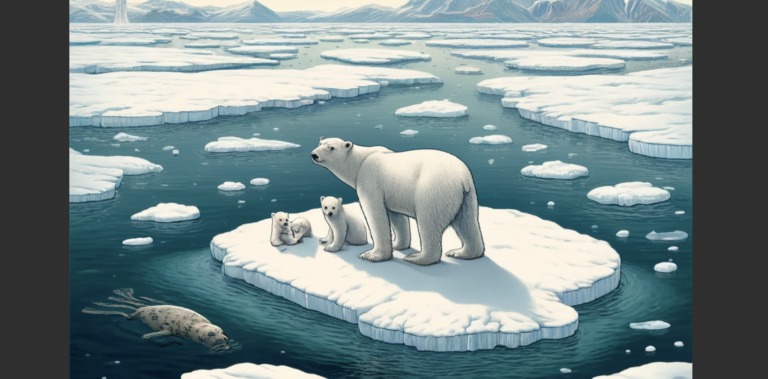
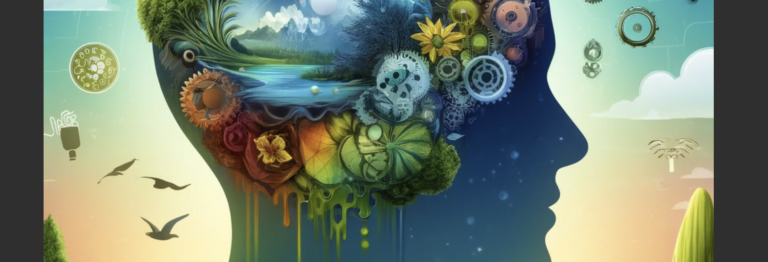
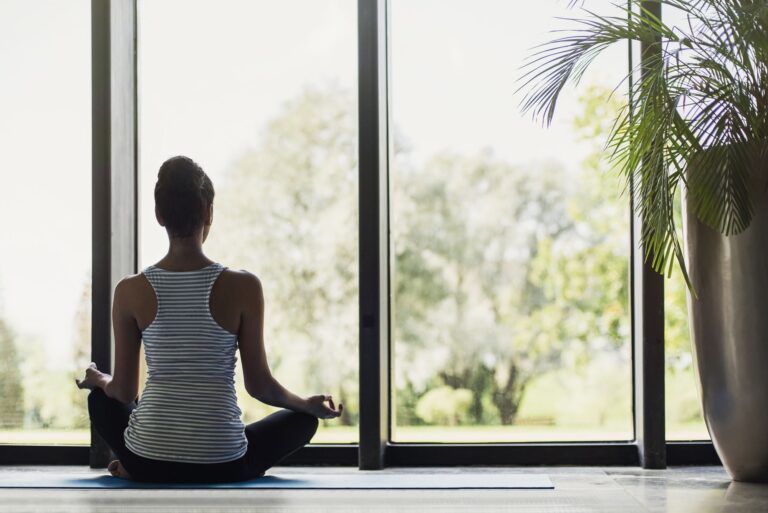

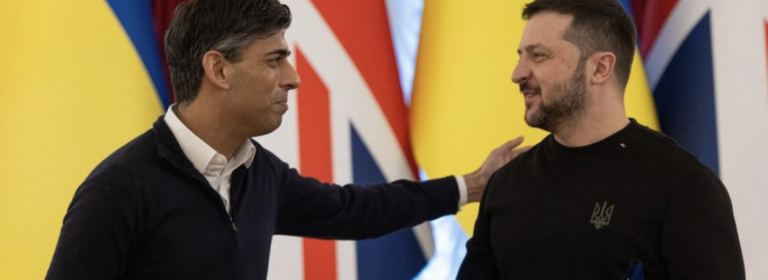
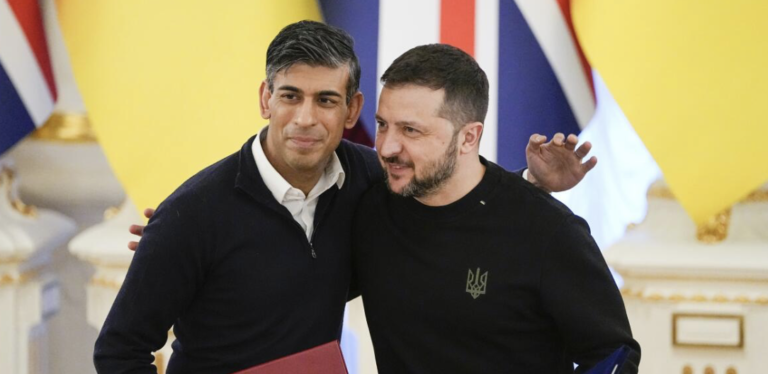








+ There are no comments
Add yours